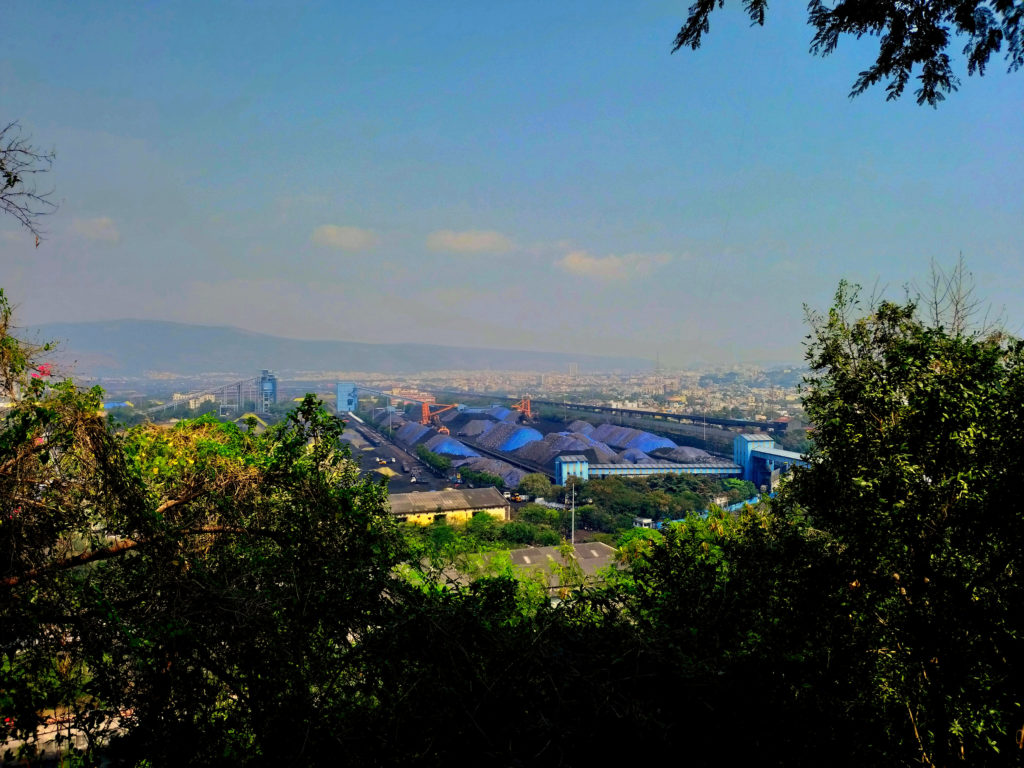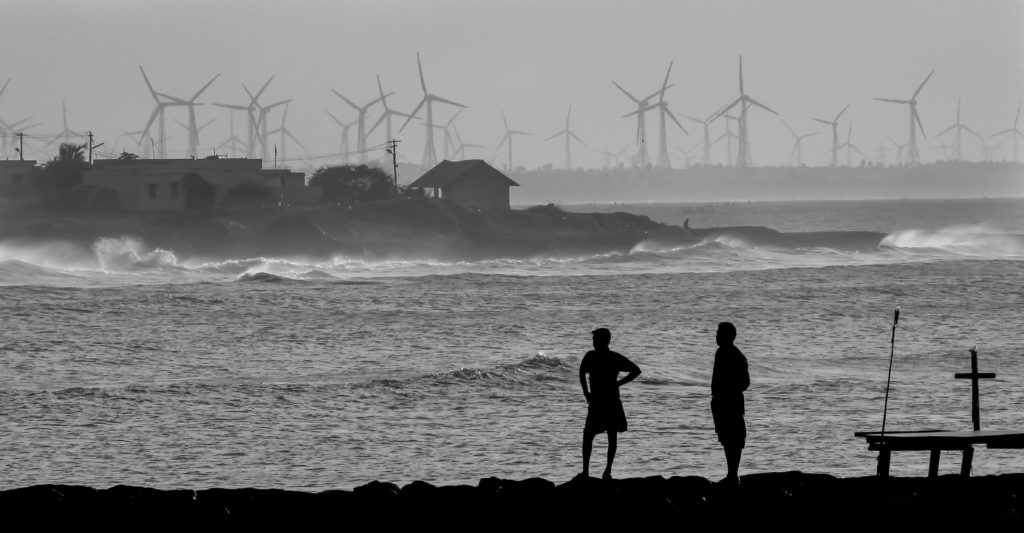Ensuring India’s Clean Energy Transition is Just
Developing economies walk a fine line between transitioning to clean energy and ensuring equitability.
There is a pressing need for clean energy systems in India and across the globe, but must they come at the cost of equitable access and grave implications for vulnerable and stressed communities? Dr. Raghunath Anant Mashelkar explains the importance of centering equity in the transition to clean energy in India.
Could you explain the concept of ‘Just Transitions’ and how it relates to the context of India?
The concept of Just Transition is linked to the energy transition that is being propelled by climate change. There is an urgent need to decarbonize our economies and move away from fossil fuels. Such a transition must not only be environmentally friendly, but also just and equitable to workers and regions that have been reliant on fossil fuels for several decades.
A just transition must not only be environmentally friendly, but also just and equitable to workers and regions which have been reliant on fossil fuels for several decades.
The first formal recognition of Just Transition was in the Paris Agreement in 2015. At COP27 in Sham El-Sheikh, Just Transition emerged again as an important agenda item, brought into the spotlight by the $20 billion Just Energy Transition Partnership (JETP) that was struck between Indonesia and G7 countries at the Group of 20 meeting in Bali for a “just” phase-down of coal use in the country.
Just Transition is complex for developing countries like India, which have high growth trajectories, high fossil fuel dependence, a large informal workforce and vulnerable populations.

What are the challenges to balancing India’s scientific, industrial and social needs?
India has embarked on an ambitious journey to achieve net-zero emissions by 2070. Several goals will contribute to realizing this, including installing 500 gigawatts of renewable energy by 2030 and meeting 50% of the country’s electricity requirement through renewables in the same timeframe.
Economic diversification through opportunities for renewable energy and green manufacturing will improve India’s human and resource potential.
The few key challenges which loom large for India include:
Energy security: The challenge is to ensure India’s development trajectory is not affected.
Informal workers: Unlike the Global North, India presents a labour challenge as millions of workers are engaged informally and without any social security or safety nets.
Balanced development within India: The challenge will be to ensure the transition is not detrimental to the coal mining states. The transition should allow these areas to develop like other parts of the country.
Science-based decision-making: Just Transition will require investments in vast science and social science knowledge resources.
Green industry: Moving away from fossil fuels will require large private sector investments in green fuels and industries.
Dependence on foreign countries for minerals: India’s energy transition will require large quantities of critical minerals used in solar Photovoltaic (PV), batteries and other green technologies.
What are the opportunities?
The key opportunity is overall development, across various Indian states, to ensure inclusive growth and improve livelihoods in the fossil fuel manufacturing regions. Economic diversification through opportunities for renewable energy and green manufacturing will improve India’s human and resource potential.

Another opportunity will be to harness the renewable energy potential of those regions, which are not perceived as rich regions in the renewable energy space. There is potential for renewable energy and green manufacturing in coal states. Investments in green technologies will improve energy security and boost local jobs and social infrastructure.
How can talent and technology help India become a leader in Just Transition?
The Mission Innovation Hydrogen Valley Platform was developed under the Mission Innovation Challenge 8 (IC8): ‘Renewable and Clean Hydrogen,’ and the Department of Science and Technology is spearheading the development of Hydrogen Valley Platforms in India. The Pune Knowledge Cluster, of which I am the chairman, organized a meeting to discuss the ‘vision-setting for Hydrogen Valley in the State of Maharashtra,’ where several small and medium industries and research and development institutions participated.
The Council of Scientific and Industrial Research (CSIR) recently showcased the first ‘invented and made in India’ hydrogen fuel cell-powered bus. This was achieved through a public private partnership initiative: the New Millennium Indian Technology Leadership Initiative launched in 2000 when I was the Director General of CSIR. Models like this – national public private partnerships focused on new technologies – need to be reimagined to deliver the next generation of solutions.
